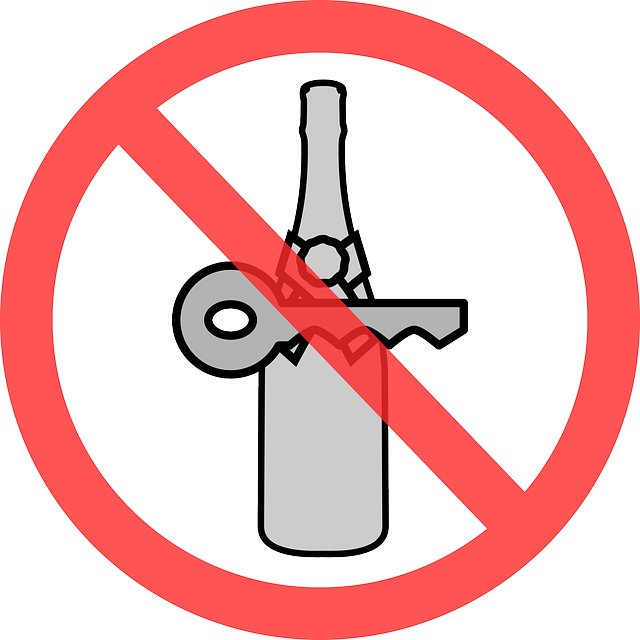Community service as punishment is a restorative justice approach that offers both offenders and society significant advantages. By actively engaging in community activities, offenders give back, repair reputations, develop skills, and foster responsibility, potentially reducing recidivism rates. Effective programs focus on strategic planning, personalized approaches, structured guidance, and clear objectives to empower participants and address specific community needs. This holistic method transforms community service from a mere sentence into a catalyst for personal development and societal betterment, promoting positive behavioral modifications and stronger communities.
Community service, often seen as a penalty, holds significant potential for reform and redemption. This article delves into the concept of community service as a punishment from a legal standpoint, exploring its benefits for both offenders and society at large. We analyze effective implementation strategies and address challenges, offering insights to optimize these programs. By understanding community service’s role in criminal justice, we can foster positive change, transforming penalties into productive contributions to our communities.
- Understanding Community Service as a Punishment: A Legal Perspective
- The Benefits of Community Service for Offenders and Society
- Effective Implementation: Strategies for Successful Community Service Programs
- Overcoming Challenges: Addressing Barriers and Promoting Positive Change
Understanding Community Service as a Punishment: A Legal Perspective

In many legal jurisdictions, community service is often imposed as an alternative sentence for individuals convicted of various offenses. From a legal perspective, understanding community service as a punishment is crucial. It is seen not only as a form of retribution but also as a means to foster rehabilitation and reintegration into society. Unlike traditional imprisonment, which isolates the offender from the community, community service requires active participation in activities that benefit the same community where the offense occurred.
This approach aligns with the principle of restorative justice, aiming to address both the harm caused by the offense and the needs of the victims. By engaging in community service, offenders are held accountable for their actions while gaining valuable skills, building a positive reputation, and repairing their relationship with the community. The legal system recognizes that such an approach can be more effective in promoting long-term behavioral changes and reducing recidivism rates.
The Benefits of Community Service for Offenders and Society

Community service, often considered a form of punishment, offers numerous benefits for both offenders and society at large. For individuals who have committed offenses, it provides an opportunity for redemption and a chance to give back to the community they affected. Through community service, offenders can develop a sense of responsibility, learn valuable skills, and rebuild their reputation. It allows them to contribute positively to society while making amends for their past actions.
On a societal level, community service strengthens the fabric of communities by fostering a culture of empathy, understanding, and support. It brings people together, encourages teamwork, and promotes social cohesion. By involving offenders in meaningful work, communities can benefit from their unique perspectives and contributions, potentially reducing recidivism rates. This approach not only addresses the needs of the community but also empowers offenders to become productive members, breaking negative cycles and creating a more harmonious environment for all.
Effective Implementation: Strategies for Successful Community Service Programs

Effective community service programs go beyond merely assigning tasks; they involve strategic planning and tailored approaches to ensure meaningful impact. For community service as punishment, it’s essential to align activities with individuals’ skills, interests, and personal growth goals. This personalized approach fosters a sense of ownership and responsibility, encouraging participants to engage actively. Programs should also offer structured guidance and support to help individuals develop new skills and overcome barriers that might hinder their progress.
Successful implementation includes clear objectives, regular monitoring, and flexible programming. By setting measurable goals, tracking participation, and adapting activities as needed, community service initiatives can address specific community needs while promoting positive change in participants’ lives. This holistic approach ensures that community service as punishment is not just about completing hours but becoming a catalyst for personal development and societal betterment.
Overcoming Challenges: Addressing Barriers and Promoting Positive Change

Community service, often imposed as a punishment for youth or adults who have committed offenses, presents an opportunity for individuals to overcome challenges and contribute positively to their communities. When structured effectively, community service can address barriers that lead to criminal behavior by teaching valuable skills and instilling a sense of responsibility. It offers participants a chance to gain practical experience, develop empathy, and understand the impact of their actions on others.
By engaging in meaningful tasks such as cleaning public spaces, assisting at local charities, or mentoring youth, community service participants can break negative cycles and foster positive change. This process helps individuals realize the consequences of their past actions while nurturing a sense of ownership and purpose. Ultimately, it equips them with tools to make amends, transform their lives, and contribute constructively to society.
Community service, when effectively implemented, serves not just as a punishment but as a powerful tool for offender rehabilitation and societal benefit. By understanding its legal framework, recognizing its advantages, and adopting best practices, community service programs can navigate challenges to foster positive change. In the context of community service as punishment, these strategies are essential in making amends and contributing to stronger, more resilient communities.






